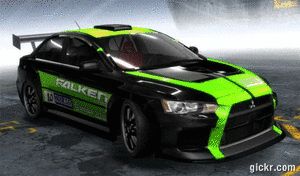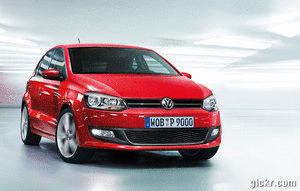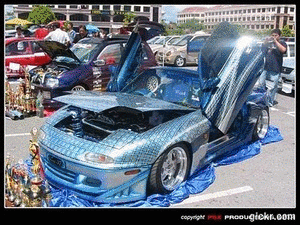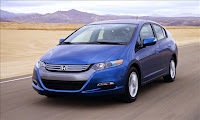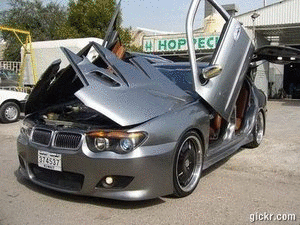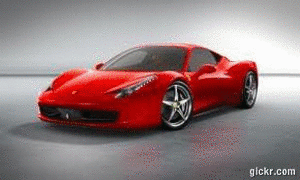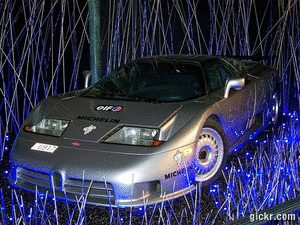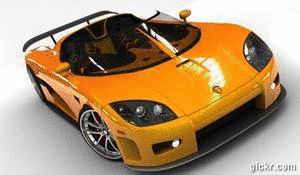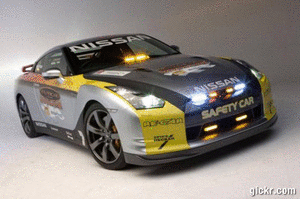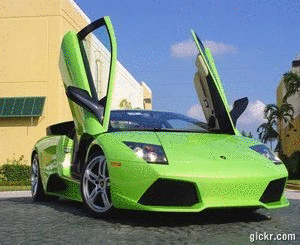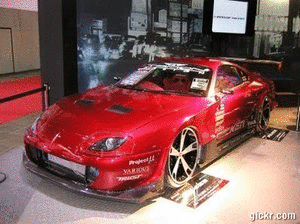10 Most Reasonable Cars to Buy - All the
cars on the list are small — either
compacts or
subcompacts — because they tend to have the l
owest market price, the
best fuel economy, and
reasonable insurance rates — since
premiums tend to rise with horsepower.
Note that with the lower-price class, you may also have to pay extra for automatic transmission, air conditioning and sometimes even a radio — not to mention such safety features as anti-lock brakes. Most are equipped with six standard airbags but only half have standard stability control. (The market price is the average transaction cost and reflects rebates; all vehicles have manual transmissions, unless otherwise noted.)
1. Hyundai Accent GL 2dr hatchMarket price: $9,677
5-Year fuel cost: $8,085
5-Year insurance cost: $5,134
Total 5-Year ownership cost: $26,715
Depreciation: $7,748
Fees & taxes: $822
Financing 5-year loan at 5.95 percent: $1,207
Opportunity cost of a 15 percent down payment: $423
Maintenance: $1,795
Repairs: $1,500
For under $11,000, the Accent boasts killer fuel economy of 34 mpg on the highway and 28 in the city. Even on the base model, optional equipment includes an iPod hookup ($35) and Bluetooth ($325). Six airbags are standard, but there's no option for ABS.
2. Nissan Versa 1.6 Base 4drMarket price: $10,922
5-Year fuel cost: $8,456
5-Year insurance cost: $4,851
Total 5-Year ownership cost: $26,233
Depreciation: $6,874
Fees & taxes: $905
Financing 5-year loan at 5.95 percent: $1,371
Opportunity cost of a 15 percent down payment: $452
Maintenance: $1,917
Repairs: $1,406
Nissan's subcompact hatch, which gets 26 miles per gallon in the city and 34 mpg on the highway, hits the streets at a smidge over ten grand but offers a bigger interior than classmates
Toyota Yaris and
Honda Fit. Six airbags are standard on even the lowest trim, but you'll pay $250 extra for ABS.
3. Chevrolet Aveo5 LS 4dr hatchMarket price: $11,038
5-Year fuel cost: $8,171
5-Year insurance cost: $5,446
Total 5-Year ownership cost: $26,958
Depreciation: $7,547
Fees & taxes: $919
Financing 5-year loan at 5.95 percent: $1,385
Opportunity cost of a 15 percent down payment: $451
Maintenance: $1,618
Repairs: $1,422
Chevy's smallest car will be replaced next year by the Sonic, but for 2011 the little hatchback offers good interior space and cargo room — 15 cubic feet with the 60/40 split rear seat up. Maintenance and repairs average just $3,000 for five years. Side airbags and six months of OnStar Automatic Crash Response are standard, but ABS and side-curtain airbags are not available. Mileage is 27 city, 35 highway.
4. Ford Fiesta S 4drMarket price: $13,212
5-Year fuel cost: $7,576
5-Year insurance cost: $5,623
Total 5-Year ownership cost: $28,402
Depreciation: $8,919
Fees & taxes: $1,063
Financing 5-year loan at 5.95 percent: $1,690
Opportunity cost of a 15 percent down payment: $467
Maintenance: $1,564
Repairs: $1,500
The return of the Fiesta to Ford's lineup brings serious value — and premium-car amenities — to the compact category. A wallet-friendly price meets a peppy engine, an ultra-smooth manual transmission, and terrific handling. The SE trim offers Ford's SYNC system (to connect phones and music players) as a $665 option. Even the entry-level Fiesta boasts a full complement of safety equipment: seven airbags (including a driver's knee airbag), ABS, stability control and traction control. Mileage is 28 city, 37 highway.
5. Mazda2 Sport 4dr hatchMarket price: $14,625
5-Year fuel cost: $7,825
5-Year insurance cost: $5,630
Total 5-Year ownership cost: $28,593
Depreciation: $8,405
Fees & taxes: $1,139
Financing 5-year loan at 5.95 percent: $1,864
Opportunity cost of a 15 percent down payment: $490
Maintenance: $1,613
Repairs: $1,627
Its design is unmistakably Mazda, but the
Mazda2 isn't just a downsized Mazda3. Built on the same platform as the Ford Fiesta, this sporty hatch takes corners with ease, and it has a full line of standard safety equipment — ABS, stability and traction control, and six airbags. Mileage is 29 city, 35 highway.
Market price: $13,818
5-Year fuel cost: $7,737
5-Year insurance cost: $5,163
Total 5-Year ownership cost: $28,616
Depreciation: $9,377
Fees & taxes: $1,089
Financing 5-year loan at 5.95 percent: $1,757
Opportunity cost of a 15 percent down payment: $463
Maintenance: $1,623
Repairs: $1,406
The
Yaris's 1.5-liter, direct-injection four-cylinder engine pushes fuel economy to the max. The car gets 29 mpg in the city and 36 on the highway, giving it ultra-low fuel costs over five years compared with the competition. Good resale values give the car a leg up in our cost calculations. ABS and stability control are standard, as are six airbags.
Market price: $11,824
5-Year fuel cost: $8,085
5-Year insurance cost: $5,447
Total 5-Year ownership cost: $29,157

Depreciation: $9,158
Fees & taxes: $966
Financing 5-year loan at 5.95 percent: $1,500
Opportunity cost of a 15 percent down payment: $458
Maintenance: $2,042
Repairs: $1,500
Kia keeps even low-budget customers happy by offering many standard goodies — auxiliary connections and USB ports for music, plus Sirius satellite radio (a subscription costs extra). Six airbags are standard on the base trim; stepping up to the LX ($15,690) gets you standard ABS. Mileage is 28 city, 34 highway.
8. Kia Soul 4dr hatchMarket price: $13,826
5-Year fuel cost: $8,771
5-Year insurance cost: $4,402
Total 5-Year ownership cost: $29,275
Depreciation: $9,305
Fees & taxes: $1,381
Financing 5-year loan at 5.95 percent: $2,338
Opportunity cost of a 15 percent down payment: $487
Maintenance: $1,956
Repairs: $1,500
Kiplinger's Best New Car for Teens makes boxy cool again. Along with its funky looks, the Soul has 19 cubic feet of cargo space and the most rear legroom in its class. It's also an Insurance Institute for Highway Safety Top Safety Pick. All the safety equipment you'll want is standard: six airbags, ABS, stability control and traction control. Mileage is 26 city, 31 highway.
9. Honda Insight 4dr hatchMarket price: $18,097
5-Year fuel cost: $5,955
5-Year insurance cost: $5,497
Total 5-Year ownership cost: $29,953
Depreciation: $11,145
Fees & taxes: $1,381
Financing 5-year loan at 5.95 percent: $2,338
Opportunity cost of a 15 percent down payment: $487
Maintenance: $1,727
Repairs: $1,422
Proving that hybrids don't have to break the bank,
Honda's Insight boasts estimated service costs (maintenance plus repairs) of just $3,149 for five years. Low fuel costs are a given, with 40 miles per gallon in the city and 43 on the highway. Automatic transmission, ABS, stability control, traction control and six airbags are standard.
Market price: $13,643
5-Year fuel cost: $8,571
5-Year insurance cost: $5,484
Total 5-Year ownership cost: $30,290
Depreciation: $9,819
Fees & taxes: $1,101
Financing 5-year loan at 5.95 percent: $1,741
Opportunity cost of a 15 percent down payment: $490
Maintenance: $1,661
Repairs: $1,422
The Focus will get a redesign for 2012, but the 2011 version is already a solid value. The 2.0-liter engine puts out 140 horsepower but sips fuel politely — it gets 25 mpg in the city and 35 mpg on the highway. Stability and traction control, ABS, and six airbags are standard.




